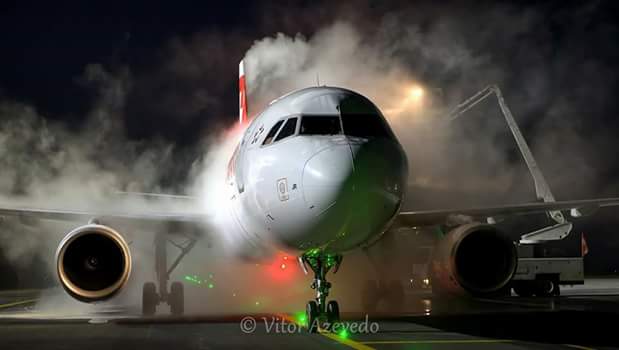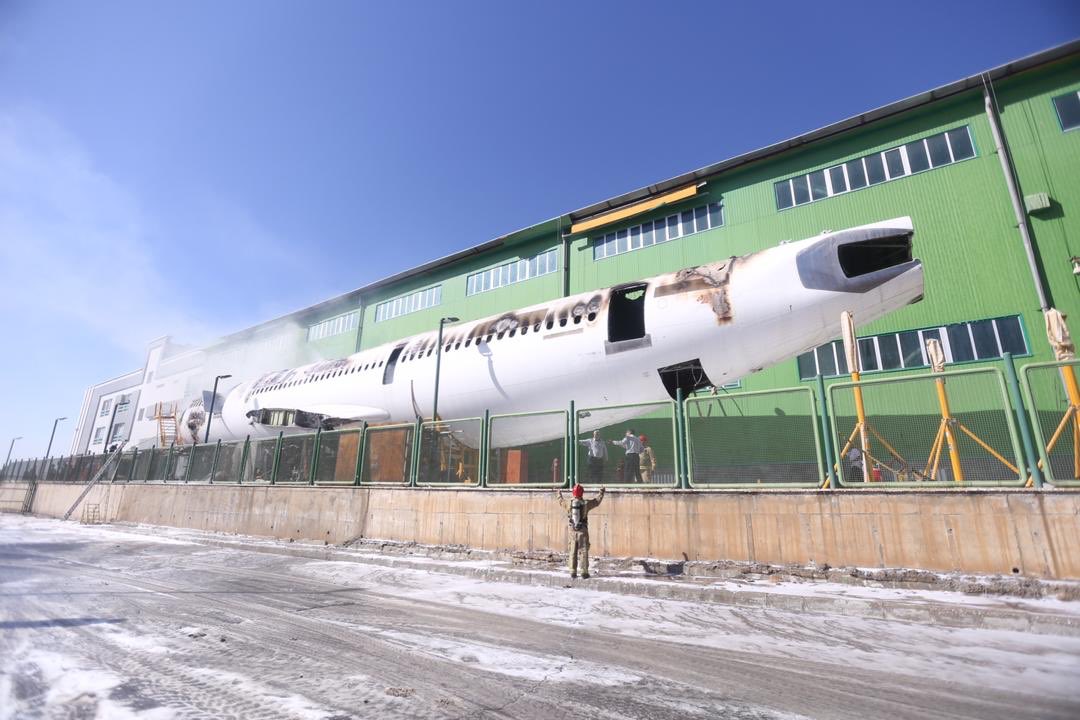
On the grand scale of things when it comes to plane turnarounds in winter, de-icing looks like any other insignificant process with no clearly visible benefit to the airline. However, the procedure is arguably one of the most important in the winter, increasing the safety of all passengers on board. To signify the seriousness of the matter Richard Lundgren, the Head of De-Icing Division at Aviator Airport Alliance AB, a Scandinavian ground handling company, shares his knowledge on why de-icing should matter to every airline.
Ice ingestion
Most often when an aircraft is exposed to cold and precipitation, ice build-up occurs on leading-edge slats and cowlings of an engine. The current scenario analysis will be centred around build-up on engine cowling and dangers of such occurrence.
“Every time an engine is started and the RPMs increase, there is a risk of vibrations breaking off the ice and have it sucked into the cure of an engine. Once ingested, the ice can accrete on warm surfaces within the engine, cool, and refreeze, potentially causing temporary power loss or damage to the engine when operating,” – says Aviator Airport Alliance AB’s representative.
While all airline pilots are trained to cope with engine power loss, in case of an engine failure it would translate into an expensive repair for the airline and further expenses to house and rebook stranded passengers after a diversion.
Insufficient take-off performance
Another risk of ice contaminated aircraft surfaces is the negative impact on the performance of the aircraft. In normal circumstances air passing over and under the wings should not be interrupted for the greatest amount of lift. However, in snowy and icy conditions, when the wings are contaminated with ice, the airflow becomes interrupted and not sufficient to keep an aeroplane in the air. Coupled with the previously mentioned ice ingestion into the engine, the odds are against even the most skilled pilots.
In 1982, a fatal accident occurred, which NTSB later ruled to be caused by lack of de-icing and pilot error. By failing to activate engine anti-ice, the pilots allowed ice to be sucked in which later meant abnormal readings from the engines, providing less thrust than displayed on the instrument panel. Additionally, NTSB reported that not only a long delay between de-icing and take-off clearance was the culprit in the accident, but also the known inherent pitch up characteristics of the B-737 aircraft when the leading edge is contaminated with even small amounts of snow or ice. Thus, by ensuring that vital aircraft surfaces are not contaminated, pilots can avoid unexpected aircraft flight characteristics and have better control of the aeroplane.
A short and safe procedure
Improper de-icing procedures are a hazard to the plane and passengers; therefore, the utmost attention should be put to ensure that the aircraft is protected from ice formation from the second de-icing ends up to the take-off moment. The procedure itself on averages takes only 5-6 minutes to be performed, hence it does not require the airline to replan and allocate a lot of additional turnaround time.
The anti-icing used across the industry, in layman’s terms, could be called a sugar syrup as the only two ingredients combined include food-grade glycol and water. Different concentrations allow de-icing companies to bring down the liquid’s freezing point lower than the air temperature and ensure 40-45 minutes of protection from ice formation in cold weather with no precipitation.
“To avoid any environmental harm, in our case, the solution is sucked up from the ground after the de-icing, thus no environmental harm is caused and airlines can stay on track with their commitment to green aviation,” – further adds Richard Lundgren.



